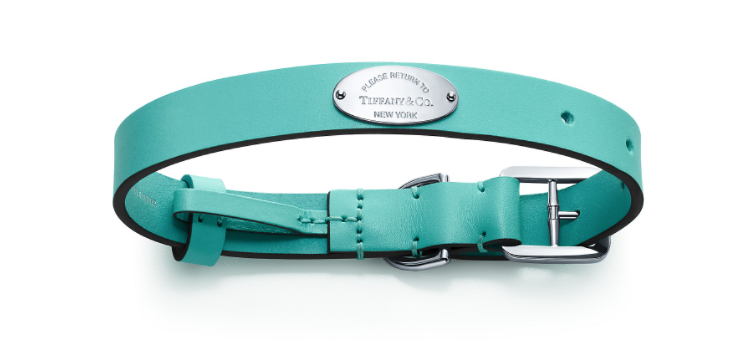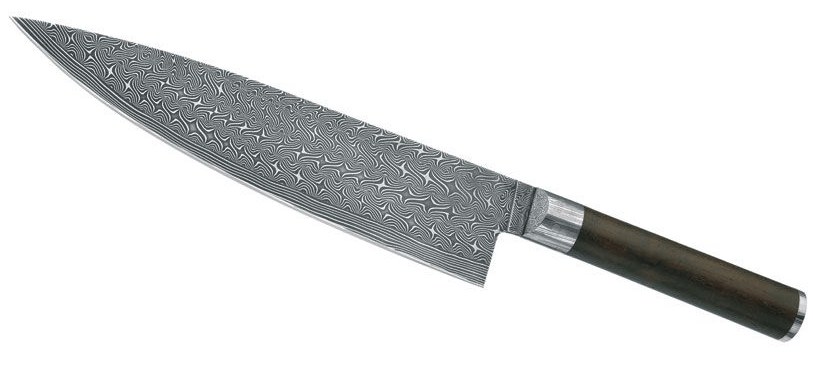Prestige pricing – what should you know about premium pricing strategy?
- 21 May 2021
Price competition is an everyday reality in a number of sectors and industries. However, there is a world where price doesn’t matter, and seemingly ordinary products can cost far more than you’d expect. Welcome to the high-end universe where the prestige pricing strategy is not only common but also highly appreciated.
Examples of the prestige pricing strategy
Prestige pricing is also frequently referred to as premium pricing. In short, it’s a straightforward pricing strategy where prices are high. Very high. Maybe a few examples of world-renowned companies using this strategy:
- Ferrari: Their cheapest model (currently in production), Ferrari Roma, costs at least 222,000 USD.
- Patek Philippe: Watches made by this Swiss manufacturer start at 20,000 USD.
- Christian Louboutin: If you’re prepared to pay at least 600 USD for a pair of shoes, Louboutin stores will welcome you with open arms.
- Burberry: If you don’t consider paying 2,000 USD for a trench coat a problem, Burberry is your best bet.
Now, you have to realize that brands using this strategy don’t complain about the lack of customers. It’s the opposite. In fact, wealthy customers appreciate these high prices for a number of reasons. For starters, premium prices mean that for the majority of customers, these prestigious products are off-limits and therefore – unique. The chance of meeting someone wearing the same shoes or the same watch is slight at best.
Secondly, premium brands usually (although unfortunately not always) offer high quality and use top-tier materials and solutions. Hence, customers have a sense of money well spent. And thirdly, premium brands allow their customers to show a high position and impeccable taste. So yes, in a way, the more expensive the product is, the better.
Of course, up to this moment, we mentioned typical examples of luxurious, super-expensive brands that sell products only a handful of people can afford. But the prestige pricing strategy goes even further, and in fact, is extensively used in almost every sector. It all comes down to this: Take any product you want; it can be a pen (see Mont Blanc pens for comparison), a couch (Boca do Lobo), or even a mug (Villeroy & Boch), make it stand out (we will talk about the ways to do so in a few moments), and sell it at a correspondingly high price. Of course, it’s a massive simplification, but let’s not get ahead of ourselves.
First, let’s take a closer look at some non-obvious examples of prestige pricing.
Premium pricing strategy: Not where you’d expect it
PET COLLAR FOR 350 USD

Image source: https://www.tiffany.com/accessories/pet/pet-collar-60929246/
Tiffany & Co., an American luxury jewelry brand, offers pet collars for 350 USD. According to the company, these collars are crafted only from the highest quality Italian leather.
LOUDSPEAKER CABLES FOR OVER 30,000 USD

Image source: https://www.analogueseduction.net/terminated/siltech-royal-signature-emperor-double-crown-loudspeaker-cables.html
Some say that audiophiles can sense the difference in sound caused by top-of-the-line wiring. You can verify that for yourself if only you can afford to spend over 30,000 USD. And here’s how the manufacturer describes this product: “silver mono-crystal conductors, combined with advanced insulation materials and precision manufacturing techniques to create a genuinely state-of-the-art family”.
A CHEF’S KNIFE FOR 2,000 USD

This chef’s knife is made by Böker Baumwerk, a German knife manufacturer, and costs at least 2,000 USD. The manufacturer claims that each knife is hand-made out of a four-strand Torsion Damascus in more than 150 steps.
How should you communicate when using the prestige pricing strategy?
First off, if you want to use this strategy, you have to develop a premium image first. Why? Because people want to be assured that your brand is worth their money. And how can you achieve that?
The rule is simple – quality first. If you want to encourage customers to spend more money on your products, you have to give them a good reason. Especially when you’ve just started. In most instances, referring to high quality and the unique production process is your best bet. Show customers that the products you offer are really above and beyond. Show how they are made, of what materials, using what techniques. Try to tell a compelling story of commitment to tradition and care. Every one of your product descriptions, as well as the brand story, should be nothing short of riveting.
The same rule applies to customer service and additional services. You don’t see Ferrari showrooms in every city, do you? That’s because premium brands understand that customer service has to be of the highest quality as well. That’s why premium brands typically have limited distribution networks: To keep everything under control.
Also, whenever possible, keep uniqueness in mind. No one buys Louboutin shoes to see tens of people wearing them, correct? If you want to encourage customers to spend money at your store, make sure you can assure them that they won’t see the same product the very next day. You can, for instance, appeal to limited production of the specific product.
And thirdly, be consistent. You can’t sell products in your online store at high prices and work with partners who tend to offer many discounts and promotions. Keep your distribution network limited and make sure every distributor and partner understands your pricing policy. If you want to be luxurious, be luxurious everywhere, no matter what channel, medium, or product you have in mind. In our recent article about Price Index Formula, we showed you the example of Burberry. They destroyed excess products worth over 28 million pounds and refused to sell them at discounted prices. Why? In order to maintain their high-end image. It would help if you went the same way. Be very careful with discounts and sales. Remember: In the premium world, brand value is of the essence.
Pros are quite apparent. With this strategy, your profit margin can go sky-high. Luxury brands make hundreds and thousands of dollars on each product they sell. Moreover, with this strategy, you can build a premium image of your brand, which will attract wealthy customers willing to pay more for your products.
What about cons? Actually, there’s just one, and it’s more of a challenge, not a con. Your quality has to keep up with the price. If your prices write checks your products can’t cash, soon, you will be out of business. Remember, even rich customers are not willing to overpay for products that aren’t worth it. Especially if you are at the beginning of building your premium image, you have to make sure the quality you offer will help you win the target audience’s loyalty.
You have to protect your brand value, and quality is an essential part of every premium brand value. If Ferraris had the reputation of defective, poorly-made cars that spend more time in the workshop than on the road, they wouldn’t be so desired. That’s the exact problem Alfa Romeo had some time ago. Alfas were considered unreliable, which significantly affected their brand image and, in turn, the company’s financial condition.
If you run a top-of-the-line company and you want to make sure your distributors and partners offer your products at agreed prices, go for our price and promotion tracking tool. With our help, you will be able to track the implementation of your pricing strategy by key partners and act on any possible violations. Our aggregated data allows you to benchmark your channels and helps you choose the best partners for future cooperation. This way, you can quickly spot MAP/MSRP violations in online stores, marketplaces, and price comparison websites worldwide. And even when you’re operating in Europe and legally you can’t force specific prices, you can look for partners and distributors that understand your pricing policy. In particular, you should verify each potential partner’s price positioning. You can read more about that in the price index formula piece.
Moreover, if you’d like to find out whether our solution is fully legal (it is), read more about the legal issues in our comprehensive MAP/MSPR Guide.
Find out more today: